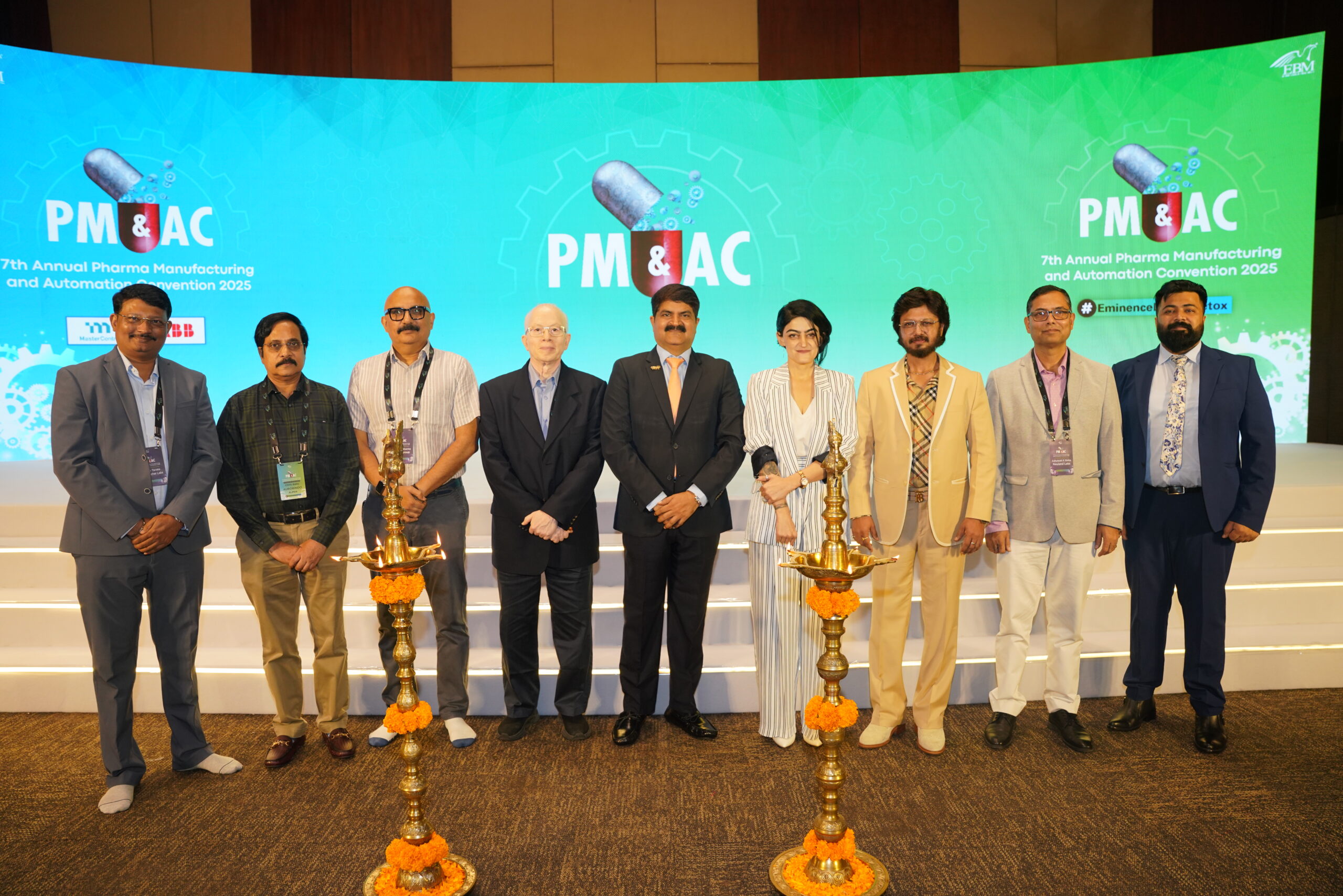The pharmaceutical industry is under constant pressure to enhance operational efficiency, comply with stringent regulations, and keep pace with growing global demand. One of the most powerful tools enabling this transformation is the Internet of Things (IoT). By delivering real-time data, predictive insights, and automation, IoT is reshaping pharmaceutical maintenance, manufacturing, and supply chain systems.
Why Pharma is Turning to IoT
Developing a new drug can take over a decade and cost nearly $2.6 billion. Given this significant investment, pharmaceutical companies are leveraging IoT to:
- Increase efficiency
- Cut operational costs
- Ensure regulatory compliance
Key trends driving IoT adoption:
- Real-Time Equipment Monitoring: Over 80% of pharma companies use IoT-enabled sensors to track equipment health and avoid downtime.
- Smart Manufacturing: By 2025, 45% of manufacturers are expected to integrate IoT into production systems.
- Cold Chain Management: IoT safeguards temperature-sensitive products like vaccines and biologics.
- Supply Chain Transparency: IoT ensures real-time visibility and reduces logistics-related risks.
IoT and Predictive Maintenance in Pharma
Equipment reliability is vital in pharma production. Traditional maintenance methods—reactive or preventive—are often inefficient. IoT enables predictive maintenance, where sensors monitor real-time conditions like:
- Temperature
- Vibration
- Pressure
Benefits:
- Prevents unexpected breakdowns
- Reduces maintenance costs
- Extends equipment life
Example: A centrifuge monitored with IoT detects rising temperature—signaling motor bearing wear. The alert prompts timely action, avoiding major failure.
IoT also automates maintenance reports, supporting compliance with agencies like the FDA by offering a full audit trail.
Optimizing Manufacturing with IoT
In pharmaceutical manufacturing, even minor errors can lead to major issues. IoT ensures real-time monitoring of:
- Temperature
- Humidity
- Air quality
Case Example: In vaccine production, IoT sensors continuously track environmental conditions. If any deviation occurs, alerts prompt immediate correction—eliminating manual errors and delays.
Outcomes:
- Boosted production efficiency
- Consistent product quality
- Streamlined regulatory compliance
- Improved batch consistency and reduced waste
IoT in Pharma Supply Chain & Logistics
Pharmaceutical logistics involve complex supply chains and high-value, temperature-sensitive products. IoT delivers end-to-end visibility using sensors in shipping containers that monitor:
- Temperature
- Humidity
- Location (via GPS)
Real-World Impact: While transporting vaccines, IoT alerts logistics teams if temperature fluctuates—allowing corrective actions in real-time.
Advantages:
- Product integrity is protected
- Real-time location tracking minimizes delays
- Compliance is ensured with logged transport data
IoT also supports inventory management by offering real-time stock visibility, which helps:
- Optimize inventory levels
- Avoid stockouts
- Minimize product wastage
Conclusion
IoT is becoming a cornerstone of pharmaceutical operations, driving better efficiency, compliance, and cost-effectiveness. From predictive maintenance to quality control and logistics transparency, IoT is transforming every link in the pharma value chain.
At Rejig Digital, we offer tailored IoT solutions that help pharmaceutical companies innovate, remain compliant, and compete in an evolving global market.






